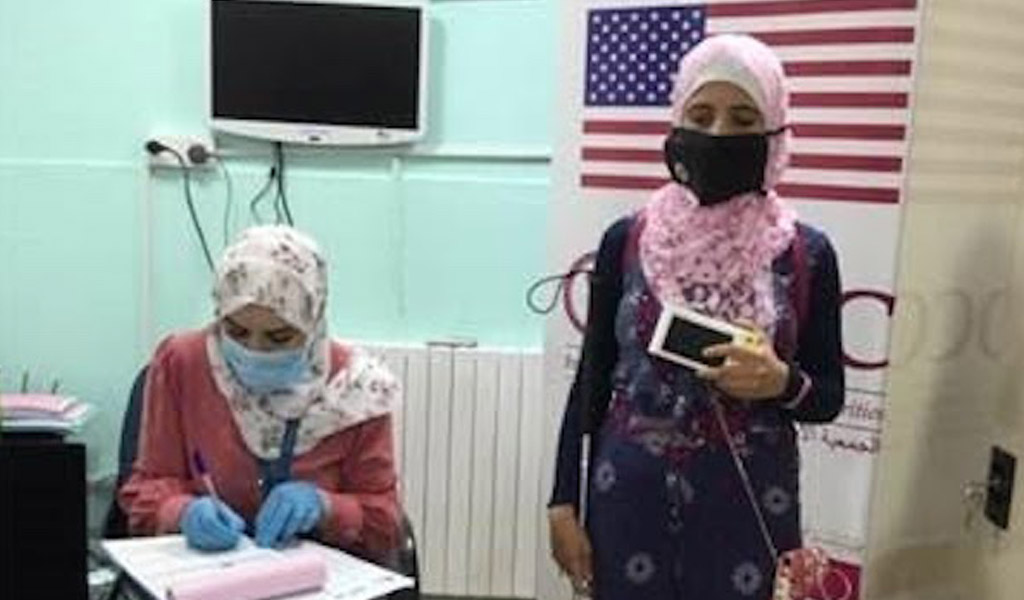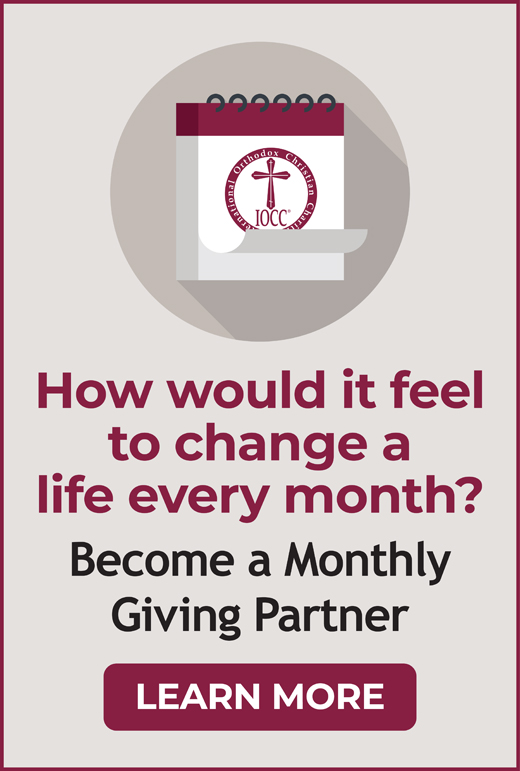
“Just like other girls my age, I seek to make my dream come true … but unfortunately I faced an obstacle.” Sedra, age 16, is a Jordanian girl with low vision: her eyes need more light than most eyes. She doesn’t leave home without a cane and special glasses with a filter, and she needs an electronic low-vision device to read.
Sedra’s school had one low-vision reader that she could use at school, but she couldn’t take it home. When schools closed as a result of COVID-19 and classes moved online, Sedra lost access to this crucial tool, and buying one was beyond her family’s budget. So Sedra’s mother began searching for help so her daughter could do what she loves most: read.
Through an IOCC project supported by the US State Department’s Bureau of Population, Refugees, and Migration (PRM), clinic staff from IOCC’s partner the Institute for Family Health visited Sedra’s home for an assessment. Pandemic restrictions began soon afterward, causing delays, but Sedra eventually received a diagnosis – and her own low-vision device.
The reader allows her to study and do schoolwork at home, like her classmates. This is especially important as the public health crisis and remote learning continue.
“I can pursue my dreams again,” Sedra said. “I can communicate with my friends … Now I can achieve my goals and complete my studies without any help. My life changed for the better, and that’s what matters.”





